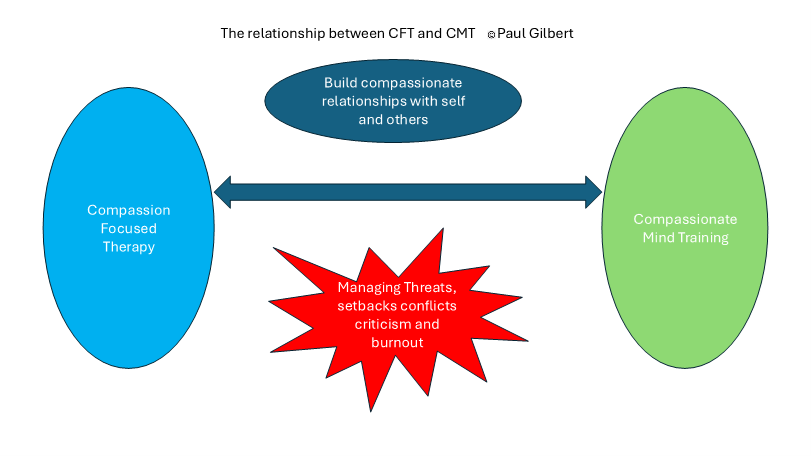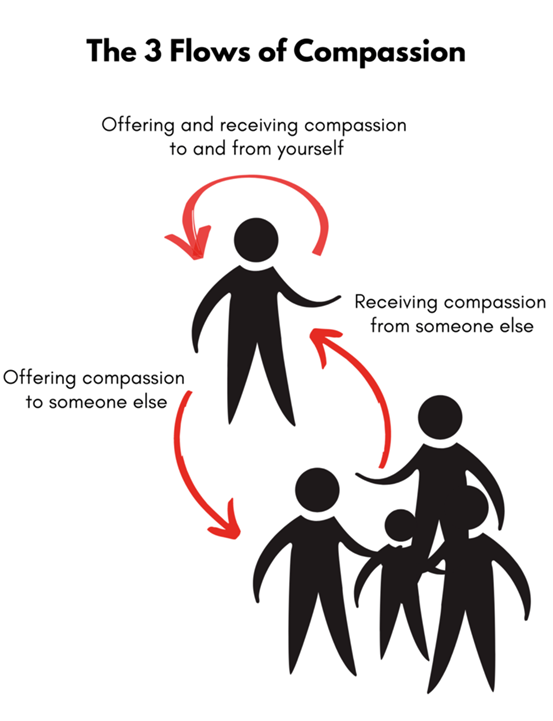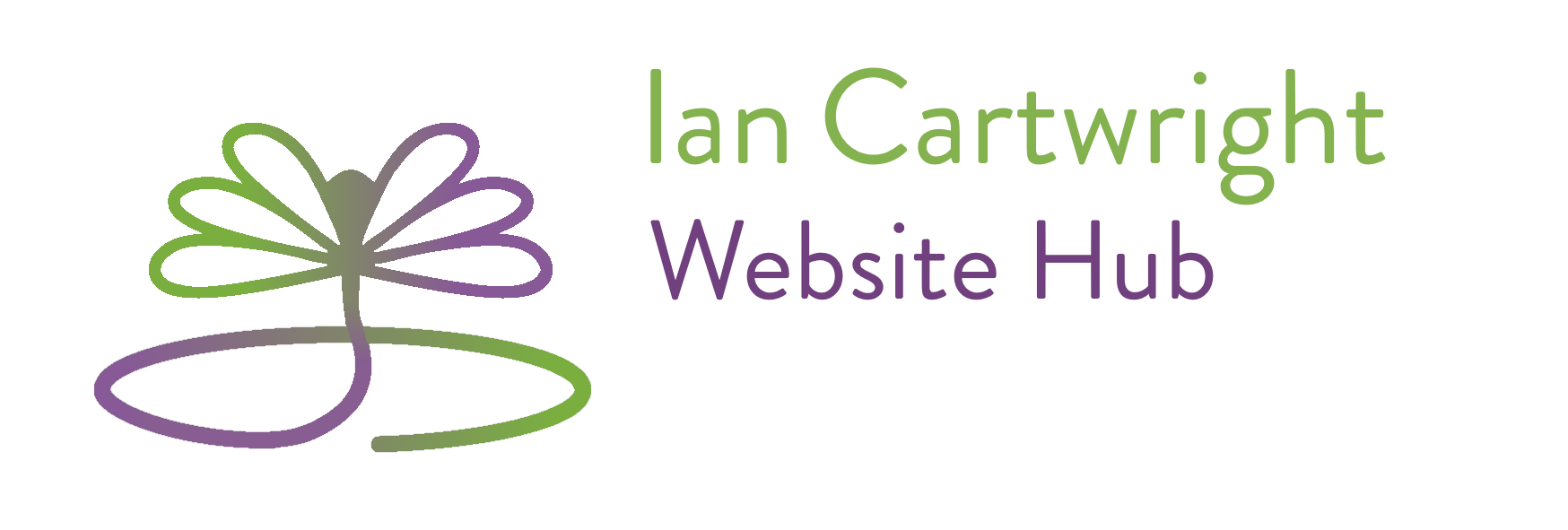Most humans have a natural capacity for compassion, a natural and automatic response that ensures survival. Louis Cozolino pointed out, “We are not the survival of the fittest. We are the survival of the nurtured.” He further added, “Those who are nurtured best survive best.”
Compassion is fundamental to our basic nature and enhances our everyday experience of being human at a personal, interpersonal, organisational, and social level’s. An increasing body of research indicates that cultivating a compassionate mind for oneself and others has significant benefits, such as promoting well-being, resilience, and social connection (Neff & Germer, 2017).
Compassion is defined as the feeling that arises when we notice the struggles in ourselves, and others associated with the commitment to alleviate and prevent suffering. Cultivating compassion for ourselves and others helps us develop the strength to cope with suffering, take compassionate action, and to avoid burnout.
Cultivating Compassionate Mind Training practices, therefore, enables the building of an internal secure base and safe haven. The intention is always to be helpful, and not harmful to ourselves.
Compassionate Mind Training is a crucial part of Compassion-focused Therapy because many of us may not have the capacity to recover and flourish. Compassionate Mind Training, in its various forms, produces changes in the autonomic nervous system. The various forms of Compassionate Mind Training include a number of practical exercises and techniques,
This includes mindfulness, breathing exercises, imagery exercises, setting compassionate intentions and taking compassionate actions, and deploying compassion itself to bring compassion to aspects of ourselves and others, especially in order to relieve suffering.

Compassionate resilience
In today’s fast passed and pressured working environments. Be that in delivering health, educational, welfare, or commercial services for any organisation with compassion increases satisfaction and engagement and reduces the threat of burnout.
However, over time, for various reasons, professionals may start showing symptoms of empathic distress fatigue, compassion fatigue, secondary trauma, and burnout, all of which negatively impact the quality of their productivity and profitability, and the level of service offered to their clients.
Providing a continuous flow of delivery, in the absence of self-compassion, can lead to depletion and burnout. Professionals greatly benefit from compassionate mind training where they actively engage with the three flows of compassion.
The Three Flows of Compassion
• Compassion for others (compassion flowing out), which involves an awareness of the experience of compassion in ourselves, and then directing compassion towards other people. For example, towards a work colleague who is struggling or making a connection with a client.
• Compassion from others (compassion flowing in), which refers to the experience of receiving and accepting compassion from other people.
• Compassion from our self to our self (self-compassion), where we attend to ourselves with sensitivity and understanding to support and care for ourselves (not always easy).
Each of those abilities has its obstacles and can be cultivated through visualisations, meditation and intentional actions. Compassionate Mind Training, which focuses on each specific aspect of the three flows of compassion, will strengthen the overall capacity to attend to ourselves and others with compassion and build increasing resilience.

There is a growing body of research indicating that cultivating self-compassion helps us deal with our distress and trauma in the workplace and promotes our ability to deliver services. Often, professionals are more comfortable offering support to others than themselves and find it difficult to receive care and compassion from others. Cultivating the three flows of compassion provides a more sustainable approach.
The following two exercises aim to cultivate the three flows of compassion, beginning with cultivating an image of an inner compassionate self that offers compassion to others. We can also receive compassion from others but also offer compassion to the self (self-compassion), where one attends to and receives compassion from the self to the self.
Visualisation of practising a chosen flow of compassion
First, identify a flow of compassion where you notice inner resistance and where you would like to cultivate more ease.
Affirm your intention to cultivate this flow such as:
May I receive compassion from others with ease?
May I be compassionate to others?
May I give myself the compassion that I need?
Second, visualise a situation from your past where this flow was required or a future event where this flow will be required.
During the visualisation, notice the resistance and the discomfort, and let it be as it is. Explore how you can bring acceptance and kindness to the unease, allowing yourself to be as you are. In your way, at your pace, re-affirm gently your intention in your visualisation. Visualise yourself making progressive steps in engaging in some way in the practice of this flow of compassion as best as you can.
For instance, if it is difficult for you to receive compassion from others, recall a past situation in which someone praised you or was kind, understanding, or helpful to you.
Notice the initial resistance and possibly avoidance, with acceptance and kindness, letting yourself be as you are.
Then, imagine allowing yourself to receive this praise and kindness with calm and appreciation.
Visualising yourself smiling and accepting the kindness with delight.
What would you like to have said to this person in return? How would you like to express your gratitude? Can you imagine yourself saying “thank you” to this person? Then, let go of the scene and notice what is here for you, reaffirming your intention.
You may need to practice this visualisation many times before the situation becomes easier for you.
Explore how you can also change your behaviour in such a situation where you become more relaxed and expressed gratitude.
Loving-kindness meditation
The practice of loving-kindness meditation can help us to cultivate the three flow of compassion.
We send out loving-kindness to a loved one,
May you be happy
May you be well
May you be healthy
May you have peace
May you have ease of being
We imagine our loved one in return wishing us well (receiving goodwill from others), saying:
May you be happy
May you be well
May you be healthy
May you have peace
May you have ease of being
We offer ourselves loving-kindness phrases (self-compassion)
May I be happy
May I be well
May I be healthy
May I have peace
May I have ease of being
If you wish, you could also offer similar loving-kindness phrases to a neutral person or a difficult person.
If you are interested in exploring this further, we offer an eight-session course.
Session One
Defining compassion, how and why we suffer and the role of our tricky brains and the old brand new brain loops that we get caught up in.
Session Two
Looks at the three circles model of emotions: threat, drive and soothing.
Session Three
It goes a little deeper, discussing the idea that we're made up of multiple parts and that one of these parts is compassion itself. Cultivating this compassionate self is at the heart of CMT.
Session Four
Starts to explore the three flows of compassion,
Beginning with the flow of directing compassion to others.
The compassionate self helps with this, offering compassion to others.
In this session, CMT also looks at fears, blocks, and resistances to compassion, particularly to this first flow.
Session Five
Discusses the second flow of compassion, how we can open ourselves up to receiving compassion from others. This is a tricky one. So, CMT explores fears, blocks, and resistances, identifying opportunities to notice and accept compassion from others in our lives.
Session Six
It focuses on self-compassion, bringing the compassionate self to ourselves, exploring practical skills and strategies, and examining the fears, blocks, and resistances that may also arise for this flow.
Session Seven
Looks at another important part, the critical self. We also explore the forms and functions of self-criticism and how to direct compassion to this part of ourselves.
Session Eight
It brings in a range of other parts, especially the big three: the angry self, anxious self, and sad self, and how we can extend our compassion to these evolutionarily significant yet sometimes very difficult emotional selves.
Session Nine
In this last session of CMT, we also explore how to maintain it all, living a compassionate life inside and out.
Importantly, throughout these sessions are lots of practical exercises and techniques,
things like mindfulness, breathing exercises, imagery exercises, setting compassionate intentions and taking compassionate actions, deploying the compassion itself to bring compassion to aspects of ourselves and others, especially in order to relieve suffering.
And there is home practice, audio recordings, building self-awareness, behavioural tasks and little experiments to help move from learning about compassion to practicing it and eventually embodying that compassionate self.




